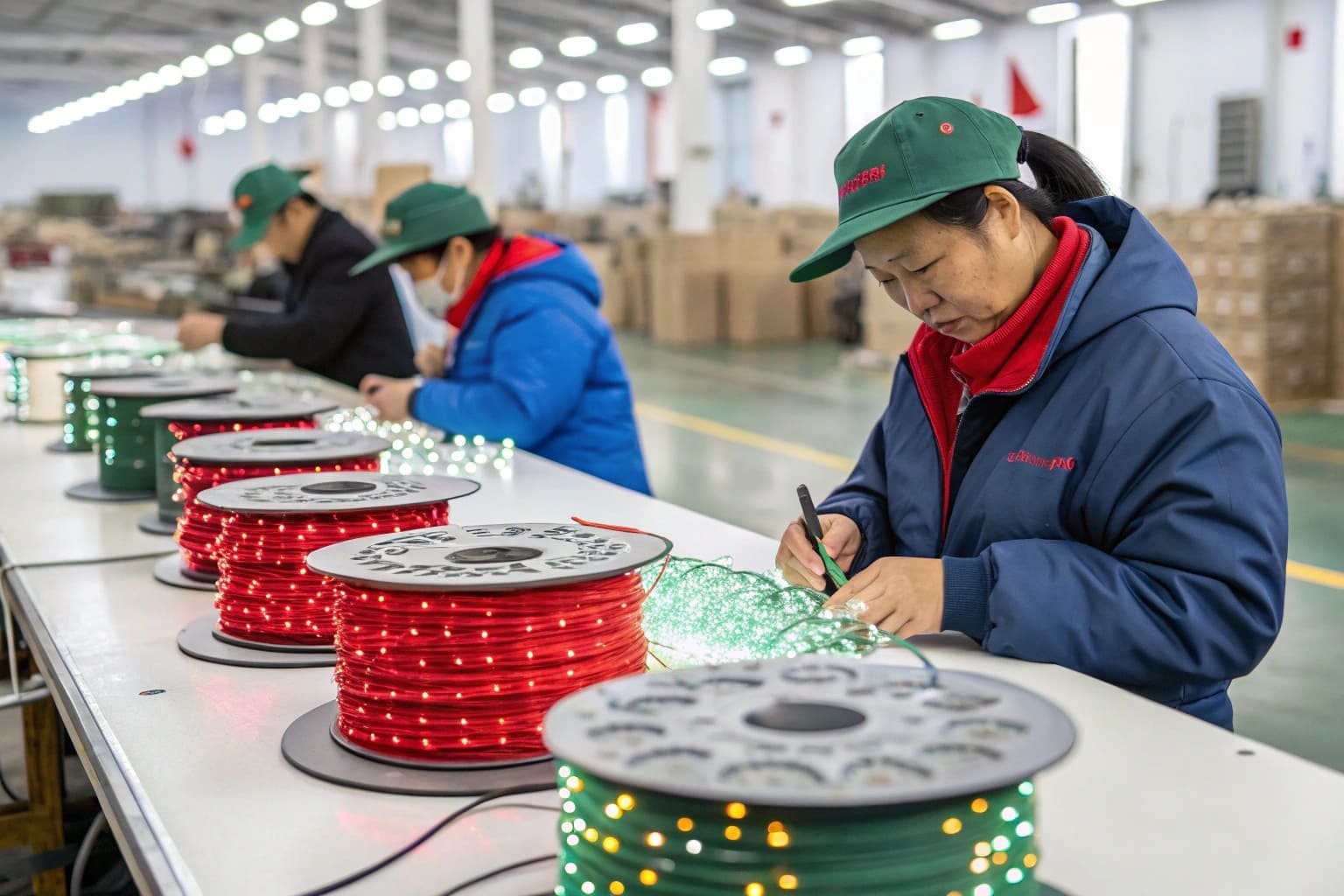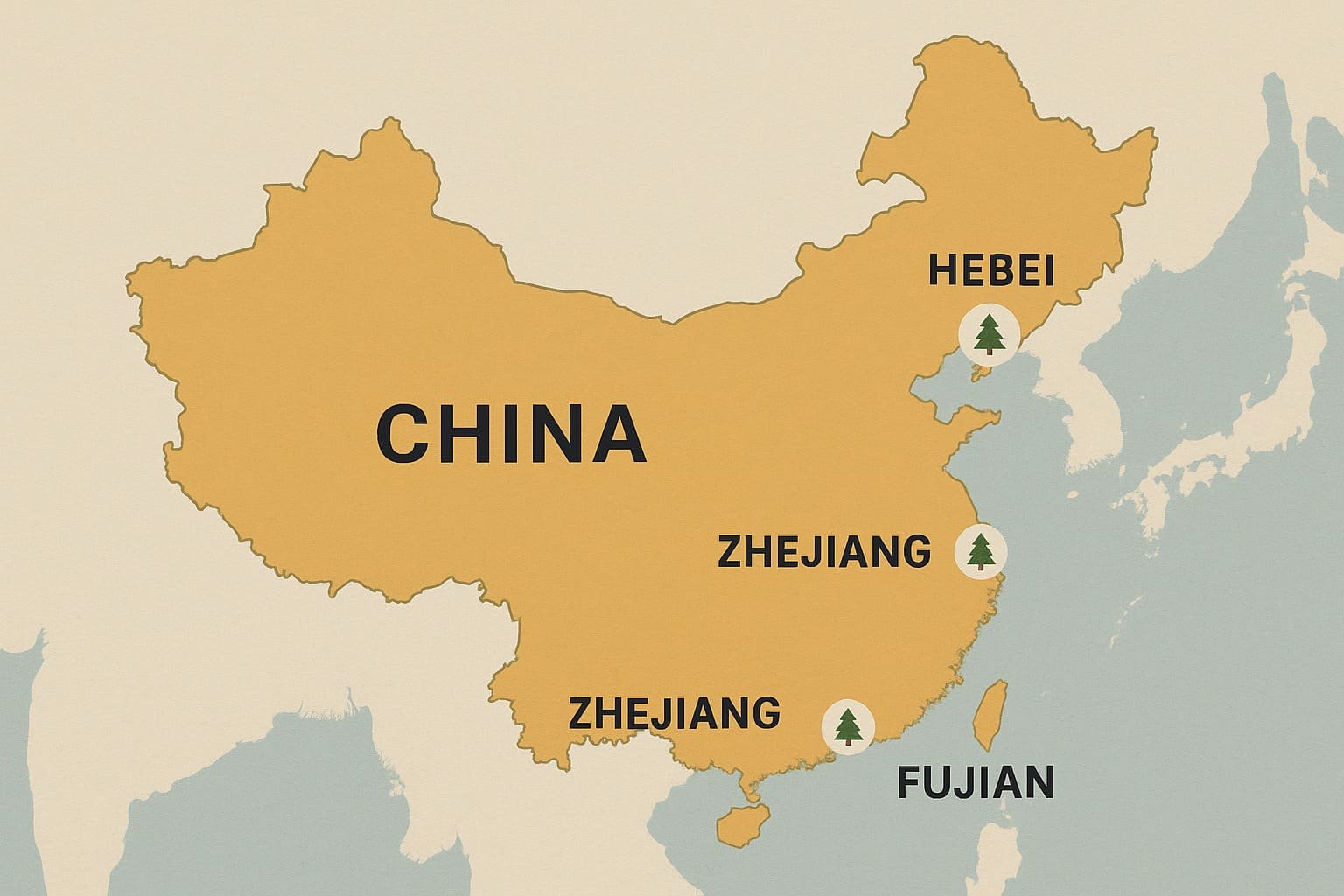In the previous article, we briefly discussed how beneficial promotional bags are for your business and how to select them for the best promotion effect.
Hope you enjoy it and don’t say “bag it, I’ve had enough of it!” after reading it from the link below.
After reading this article, one of our helpful readers emailed me and asked us to go over the production process and technology of cotton bags in greater detail. So, today, we are delighted to do so, and offering technical advice is my bag.

Material
Canvas or Cotton
As I mentioned in my previous article, the canvas is used for the majority of promotional bags. You may believe that the term “canvas bags” refers to the material used t make them. Actually, “canvas” refers to the fabric’s weave rather than the material content. It is plain-woven, which is a simple weave that ensures a strong and durable fabric performance.
Non-woven fabric
on the other hand, is a kind of non-woven fabric, formed by directly using polymer chips, short fibers, or filaments through airflow or mechanical processing, then reinforcing by needling or hot rolling, and finally forming into a fibers net. And nonwoven bags are also popular in the promotional market because they are more useful and more degradable than disposable plastic bags.
Canvas bags are made from plants such as cotton, flax, and hemp, which are all renewable resources and environmentally friendly. Therefore, the focus of this article will be on the manufacturing process of linen bags and canvas bags, both of which can also be referred to as cotton bags due to their material content. As a result, we will talk about their materials, printing, cutting, sewing, and the environmental concerns aroused recently.

Traditional Cotton or Organic Cotton
Because cotton is used in the majority of textile promotional items, there are two types of cotton, well, according to how they are grown rather than where they are grown, conventional cotton and organic cotton. The latter is grown using non-GMO plants, and no synthetic agricultural chemicals, and it accounts for only 1-2% of global cotton production.
However, the yield of organic cotton farms per hectare is typically lower than that of traditional cotton; this yield difference means that organic cotton requires more water to produce the same amount of cotton fibers than the conventional one.

Canvas and Linen
Linen Fabric is made of cortical fiber of flax plant, which is similar to human skin, and it has the natural properties of protecting the body and regulating the temperature. Linen products seem rough and stiff, but they are actually softer than many other bag materials. It is washable, reusable, and thus eco-friendly, as well as sun-resistant, and antiseptic. In other words, it is healthy, useful, can withstand tremendous force, (sounding great if describing a person), and also can absorb moisture, conduct the heat and penetrate the air.
Canvas is a type of thick cotton or linen fabric that was named after sailing boats. Because no harmful substances are added or produced in the manufacturing process, it is typically healthy and pollution-free for the environment. As a result, it is always popular among teenagers and backpackers.
Its outstanding feature is durability. Canvas products are not easily damaged after being scratched or deformed, and they are very easy to maintain. This is also why canvas is used to make a variety of bags, including trolley bags, tote bags, and back bags. The majority of bags on the market are made of canvas. Canvas is also known for its ability to block water and shade, and in some cases, to prevent fire and radiation. Canvas is also very stable, and doesn’t fade easily after being colored or printed, making it more widely used. It is not, however, stain-resistant, and it may shrink slightly after washing.
We can choose the best fabric for making bags according to different uses, but the gram weight of the fabric is the most critical factor in determining the cost. Canvas bags made from 12-amp, 14-amp, and 16-amp canvas are the most commonly used fabrics for making. The larger the number of amps, the thicker and more durable the fabric is.

Printing
After selecting the appropriate materials, you must send the printed drawing to the manufacturers for approval prior to mass production. Screen printing and digital printing are the common printing methods. Screen printing is suitable for single-color patterns, whereas digital printing is suitable for patterns with transitional colors, and the definition of digital printing is more satisfactory.
If the brand design pattern calls for more than just printing color, but also the desired position, it should be sewn before printing. If not, printing comes before sewing to save money and time, as is often the case.
And when cotton bags are recycled, logos and messages printed on the bags are not recyclable and must be cut out of the cloth, wasting an estimated 10% to 15% of materials received, according to a report by the New York Times.
For more information on printing, please visit the following link:

Cutting and Sewing
Depending on the size, the fabric is cut into small pieces of fabric by an automatic slicer and slitter and then sown into the shape of a bag by skillful operators, with a zipper added if necessary. In general, the more skilled the sewing workers are, the higher the material utilization rate, the higher the output per unit time, and the lower the overall production cost.

Is It Eco-friendly or Not
Last but not least, we are going to talk about something BIG, like how love makes the Earth go around, or literately environmental protection.
According to a 2018 Danish study, cotton bags may not be as environmentally friendly as they are supposed to be due to the large amounts of energy and water required to produce them when compared to plastic bags, which require less water and human labor. This may appear reasonable given that cotton production is a resource-intensive process that consumes massive amounts of water to grow the plant. One kilogram of cotton requires between 10,000 and 20,000 liters of water to produce.
Similarly, a 2018 Danish study discovered that low-density polyethylene bags have the least impact on the environment of all the bag types studied. It’s important to note, however, that ocean pollution was not taken into account in the study, and that plastic can still severely harm marine life and ecosystems.
That’s not to say cotton is worse than plastic, or that the two should even be compared. While cotton can contain pesticides (if it’s not organically grown) and has caused rivers to dry up due to water consumption, plastic bags emit greenhouse gas by using fossil fuels, never biodegrade and clog up the oceans.
It is reasonable to think that comparing these two materials would lead to an environmental what-about-ism, leading people to believe that there is no solution. Given that cotton, bags remain the most important global protection solution, it is recommended that we find a good quality, durable bag and keep using it for years to offset the resource-consuming disadvantage. And this holds true for all types of bags, non-woven or disposable, (and, I suppose, also for the people we love,) and it is always great for us to reuse and recycle what we have.









